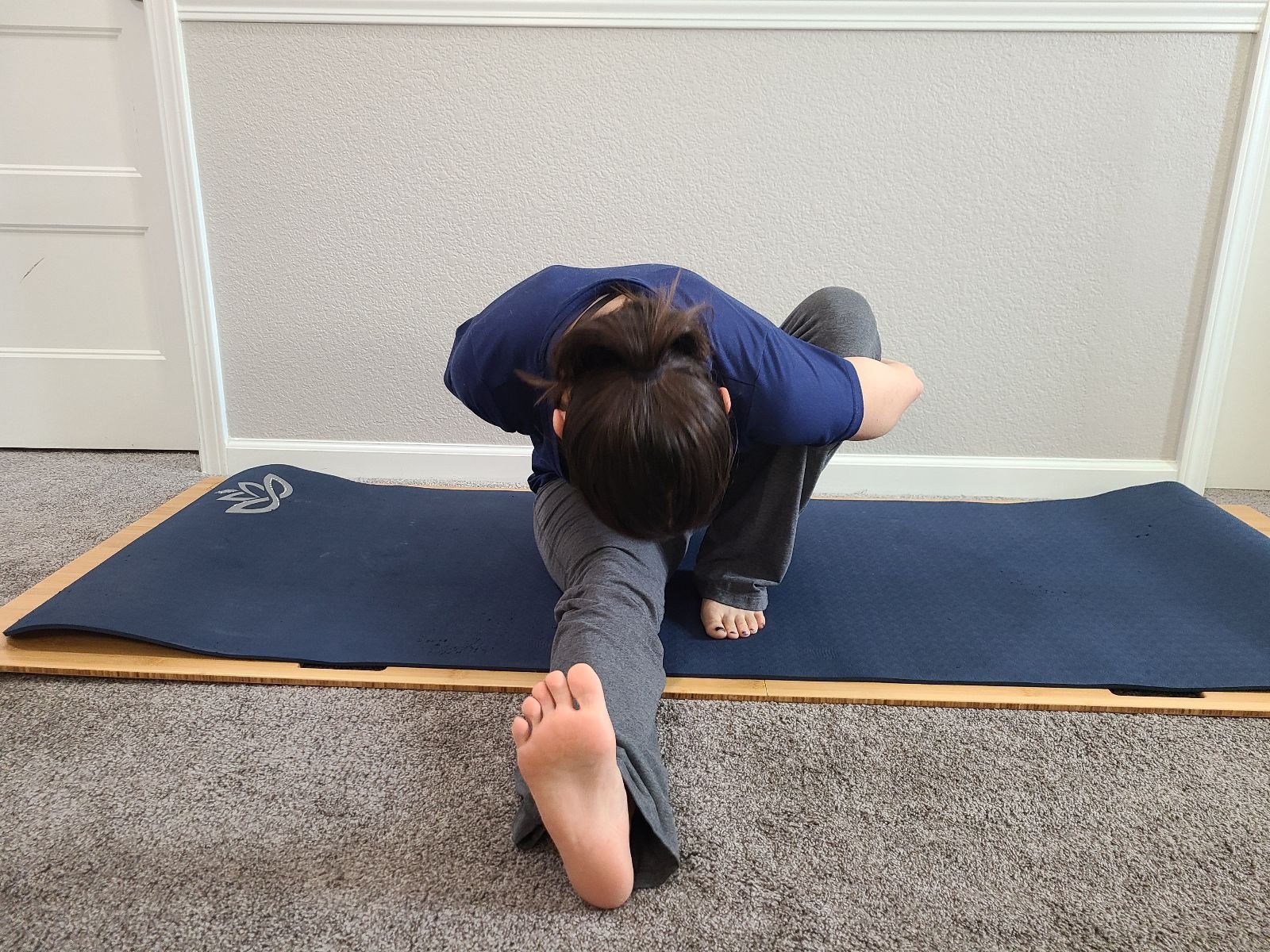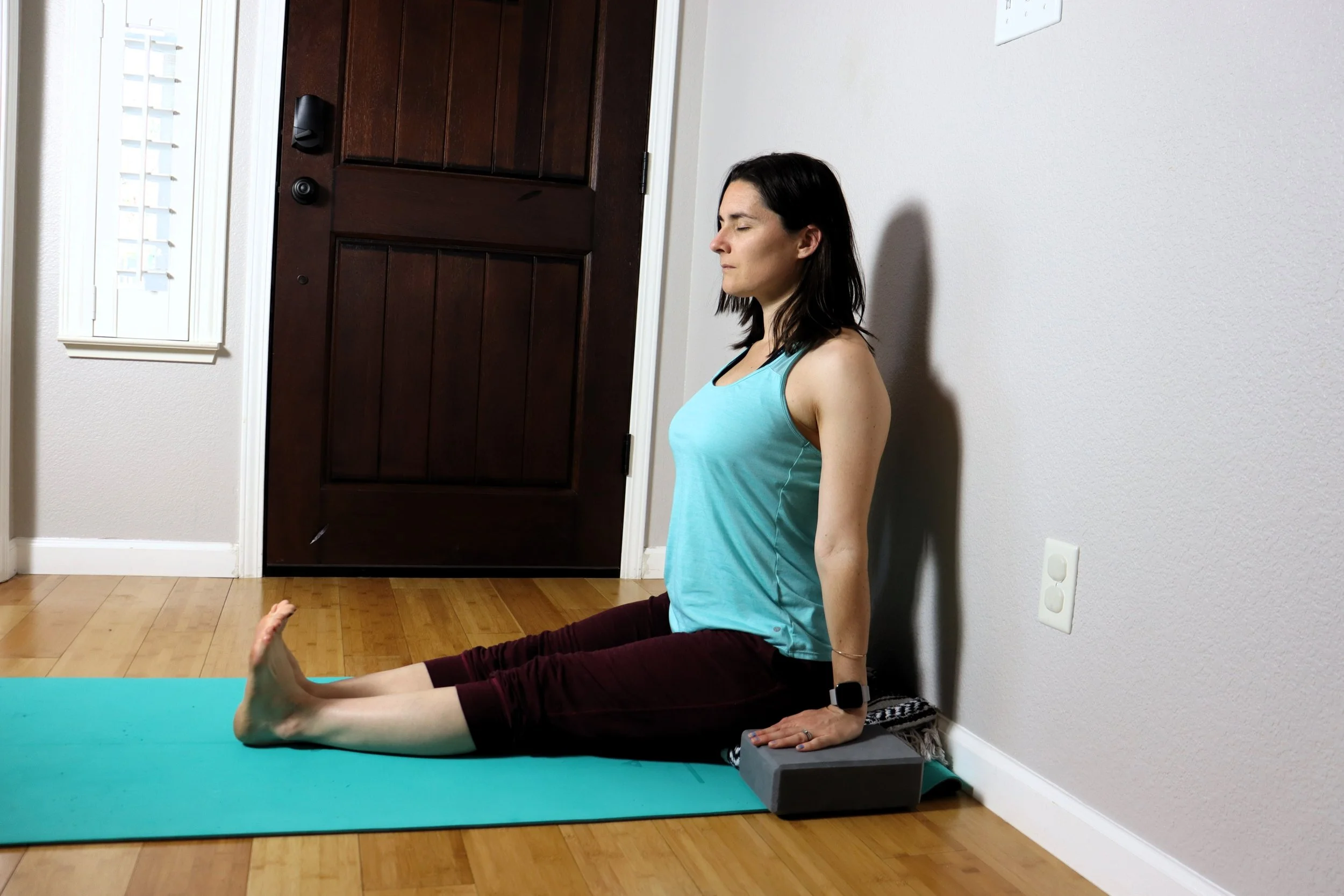Yoga Poses for Leg Length Discrepancy: Standing Sage Twist (Standing Marichyasana)
/Standing Marichyasana creates less impingement, allows increased hip alignment, and improves strength and balance in the legs and hips, which are essential for mitigating pain with leg length discrepancies.
Read More




















